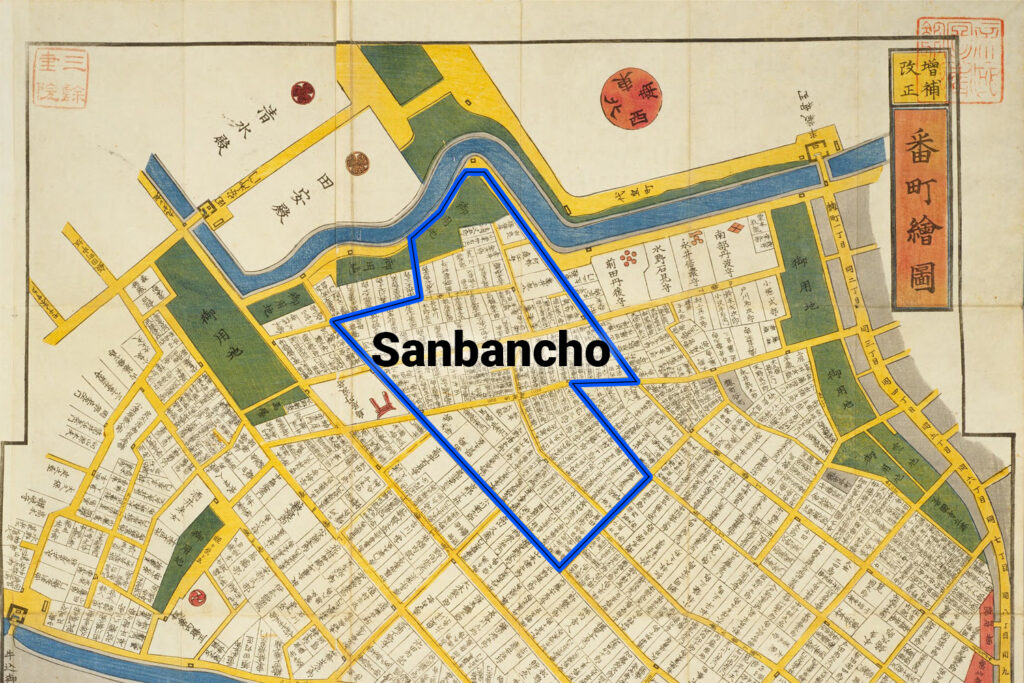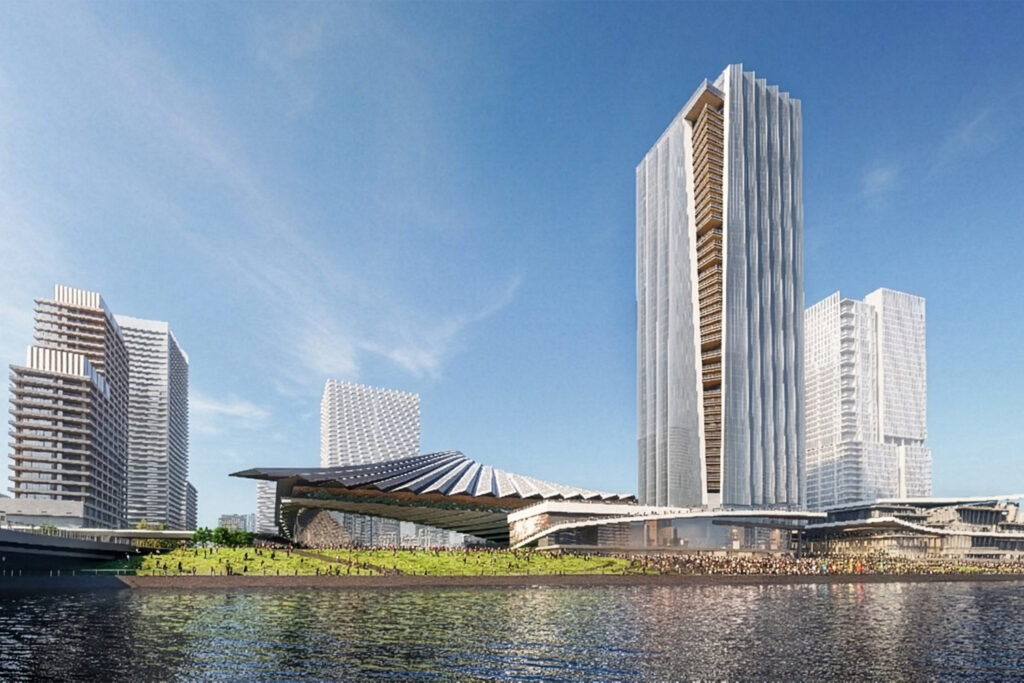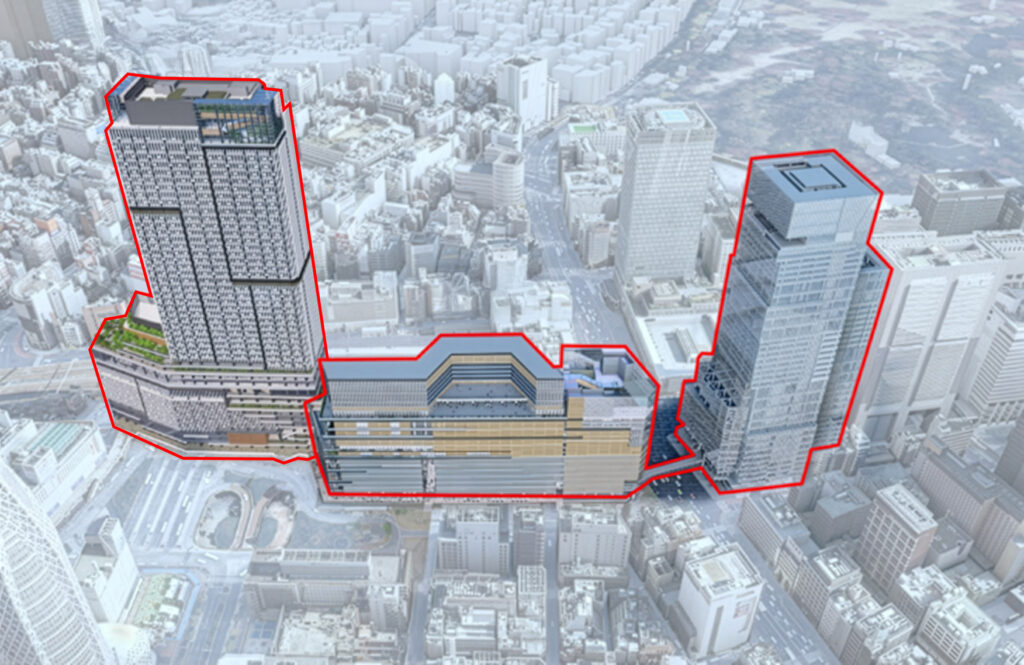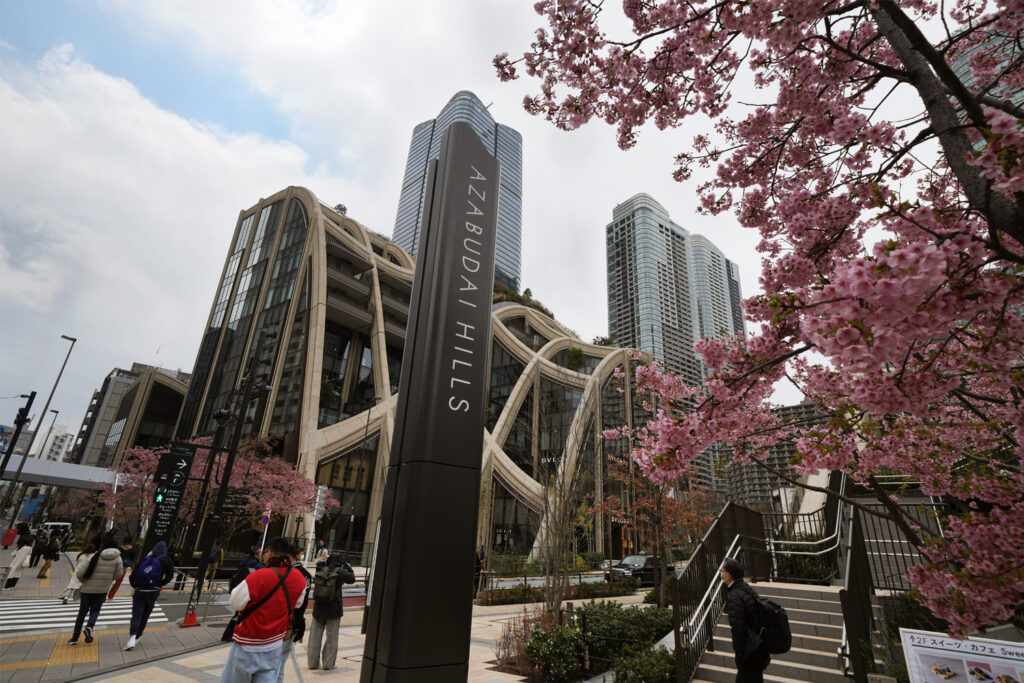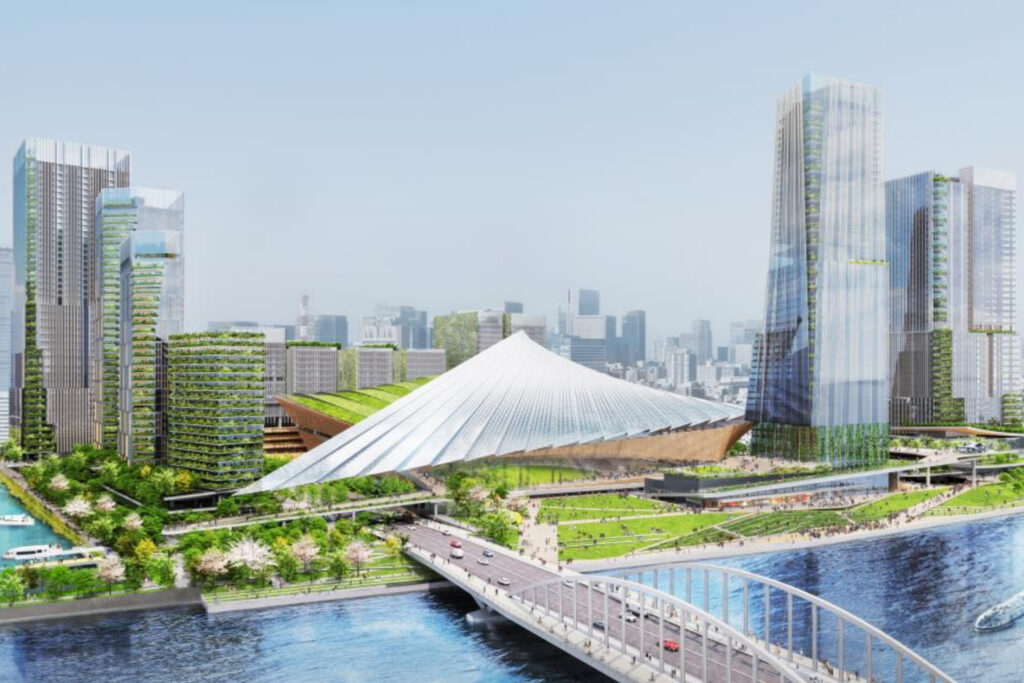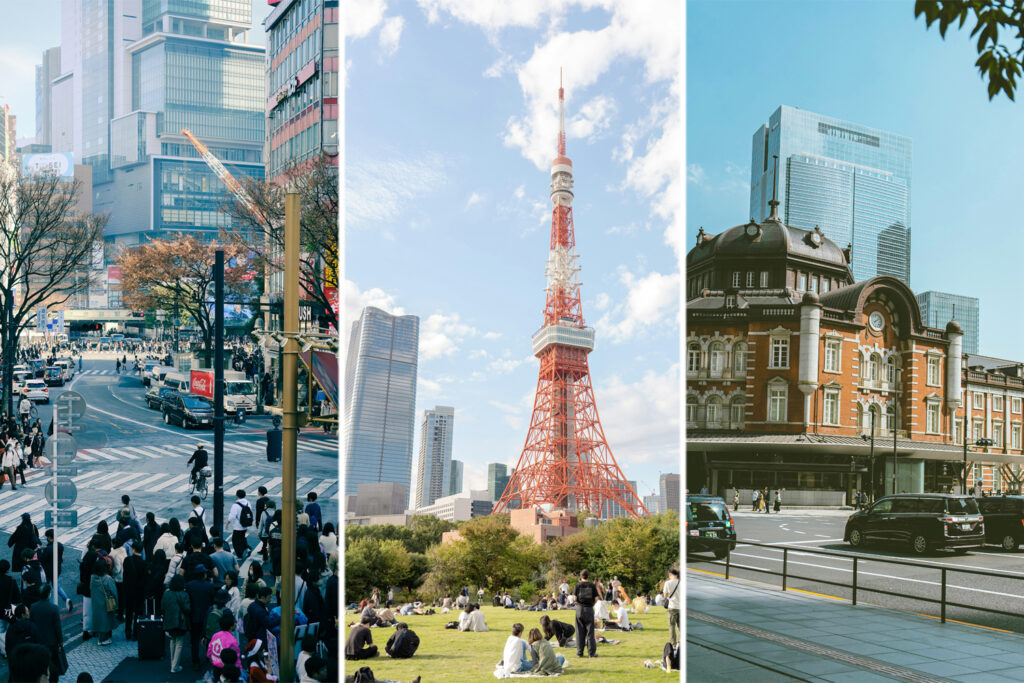This article was originally published in Housing Japan Magazine, 2020 edition.
The core philosophy of Aman has changed very little since the brand opened its first retreat on the island of Phuket, in 1988. An Aman property is all about exclusivity, privacy, peace and wellness.
Staying with Aman should be transformative and awe-inspiring. The brand’s latest Japanese property, set in 72 acres of secluded natural forest in Kyoto, is certainly both. Housing Japan takes a look.
Kyoto
Kyoto rightly occupies a unique place in the travel itinerary for anyone visiting Japan. As the country’s traditional and ancient capital, it has a rich history.
Spared the ravages of WW2 air-raids and benefiting from strict urban development guidelines, Kyoto brims with traditional Japanese architecture, charming streets, countless temples, numerous gardens and a number of stunning castles. On the flipside, Kyoto has also attracted a lot of attention for being overcrowded.
So, whilst Aman’s latest offering is in Kyoto, the first thing that strikes you is its location. Tucked away in one of the city’s quieter corners, the property is away from the hustle and bustle, at the foot of a mountain. It is surrounded by nature, yet within easy reach on foot of many of the city’s most well-known attractions.


A secret garden
Aman Kyoto, as you would expect, is a property that fits breathlessly into its surroundings. Designed by Kerry Hill, the late Australian architect behind many of Aman’s projects, the property also features a Kerry Hill Garden. The green oasis is quiet, contemplative and moss-covered, with a memorial plaque to Hill, who passed away in 2018.
The resort is situated in a once-forgotten secret garden, hidden at the foot of the symbolic Mountain of Hidari Daimonji in Kyoto’s north. The 80-acre site comprises 72 acres of forest and eight acres of exquisite gardens lovingly tended over decades by the previous owner, who was one of Japan’s most respected collectors of obi (the ornamental sash worn with kimono). His unrealised aim was to house his collection in a textile museum to be built within the garden.
Now, 20 years after his death and the passing of the land to Aman, the brand is honoured to be the garden’s next custodian, giving it a fresh lease of life and protecting its fragile grounds for decades to come.
“ … situated in a once-forgotten secret garden, hidden at the foot of the symbolic Mountain of Hidari Daimonji …”

Experience at Aman Kyoto
Being in Aman Kyoto, like in all Aman properties, is an experience for both mind and body. The architecture blends beautifully with the surrounding environment, and internal spaces bring in the outside while offering seclusion when needed.
The natural spring water that flows near Aman Kyoto is central to the philosophy at the resort’s Aman Spa, and something of great rarity in the region. Traditional onsen (hot spring) bathing facilities, using water from a local spring, deliver relaxation and healing in their purest forms, while a range of treatments tap into Japan’s plentiful natural apothecary, including Kyoto green tea, Tanba kuromame (black beans), local sake and cold-pressed tsubaki (camellia) oil.
The Aman Kyoto Signature Journey massage, for example, is a restorative experience that uses local oils, essences and fragrances, many of which are part of the traditional beauty regime of Kyoto maiko (apprentice geisha). Each of Aman Kyoto’s 24 guest rooms and two villas is a contemporary reimagining of the traditional ryokan. Strikingly minimalist in their design, the rooms have floor-to-ceiling windows framing the natural surroundings, tatami mats covering the floors, and tokonoma (alcoves where items for artistic appreciation are presented) that provide a subtle focal point. The interiors are spacious and light-filled, each ingeniously crafted to foster peace, relaxation and contemplation.
Aman Kyoto’s signature restaurant in the Dining Pavilion is rapidly becoming a landmark addition to one of Japan’s most celebrated gastronomical regions. Executive Chef Kentaro Torii conjures up options for various palettes: homecooked obanzai (a traditional Kyoto cuisine using mostly local ingredients), Japanese haute cuisine and western style dishes, all with those well-established and playful Aman touches.
When not in the kitchen, Aman Kyoto’s chef will likely be found outside, foraging in the gardens or nearby forests for local ingredients such as chestnuts or sansho (pepper) leaves. The garden itself is ideal for outdoor events, from small private dinners and functions, to weddings, yoga and mindfulness sessions.

If you’re traveling with children, there are extensive grounds for them to explore, as well as many specially designed experiences and activities. Other travelers can enjoy various tours, wellness and local experiences, including private meditation sessions with a local Buddhist priest, cycling by electric bicycle around local attractions, ikebana (traditional flower arranging) and exclusive access to a local maiko house.
Vladislav Doronin, chairman and CEO of Aman, said, “Following on from the success of Aman Tokyo and Amanemu, Aman Kyoto adds another distinctive facet to our continued journey and commitment to Japan.
Aman Kyoto embodies the true spirit of Aman, blending our profound respect for nature with adherence to simple, yet striking, principles of aesthetics and structure, masterfully brought to life by the late Kerry Hill and his team. We look forward to unveiling the many dimensions of Kyoto through the eyes of Aman and sharing the secrets of our enchanting garden.”
Part of its Japanese portfolio, Aman Kyoto is owned by Kyoto Resorts, a subsidiary of the Chartered Group, which has been the driving force behind this project.
Eyal Agmoni, chairman of the Chartered Group, said: “With the utmost care, craftsmanship and dedication, this garden sanctuary has been over two decades in the making so we can open its doors as an Aman. I am especially grateful to those who have created an architectural language that not only respects traditional Japanese design, but also celebrates, protects and brings back to life the unique gardens in which Aman Kyoto is housed. I have no doubt that this resort will be met with positive global interest and will set a new hospitality standard in Japan.”
For more information, photos and details of how to book your stay,
visit: http://www.amankyoto.com
Image Source: Aman Kyoto

